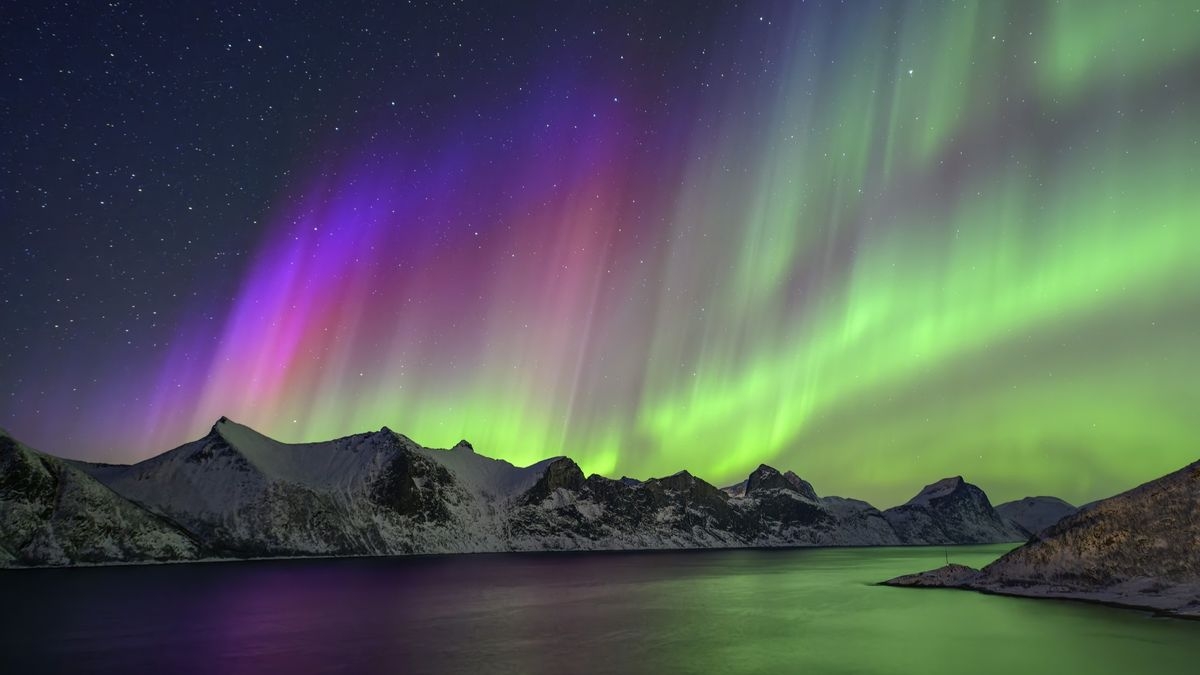NASA Is Planning on Sending Rockets Into Northern Lights to Study “Black Auroras”

NASA is sending two rockets to explore auroras that light up Alaska’s night sky. These bright displays, also called the Northern Lights, are created when charged particles from the sun collide with Earth’s upper atmosphere.
Though we know the basics, every aurora behaves differently. Some flicker, others pulse, and some have dark patches. NASA scientists hope to learn more about these differences.
The rockets will launch from Poker Flat Research Range in Fairbanks, Alaska. The team, led by Marilia Samara and Robert Michell from NASA’s Goddard Space Flight Center, is using special cameras to pick the best moment to launch.
These cameras, located both at the site and in Venetie, 130 miles away, will track auroras to ensure the rockets hit their targets. Timing is tricky since it takes the rockets five minutes to reach the height needed to study the lights.
One mission, called GIRAFF, will focus on fast-pulsing auroras, which flash a few times per second, and flickering auroras, which blink even faster. Led by Michell, this study will measure energy levels and other details about the electrons involved to figure out how these two types of auroras form.
The second mission, called Black and Diffuse Aurora Science Surveyor, led by Samara, will investigate dark patches in auroras, often called ‘black auroras.’ Scientists think these voids may be caused by electrons reversing direction, and the rocket will try to confirm this theory by searching for those particles.
These experiments could help us understand how auroras work and even reveal more about the space environment around Earth.
Have something to add? Let us know in the comments below!
